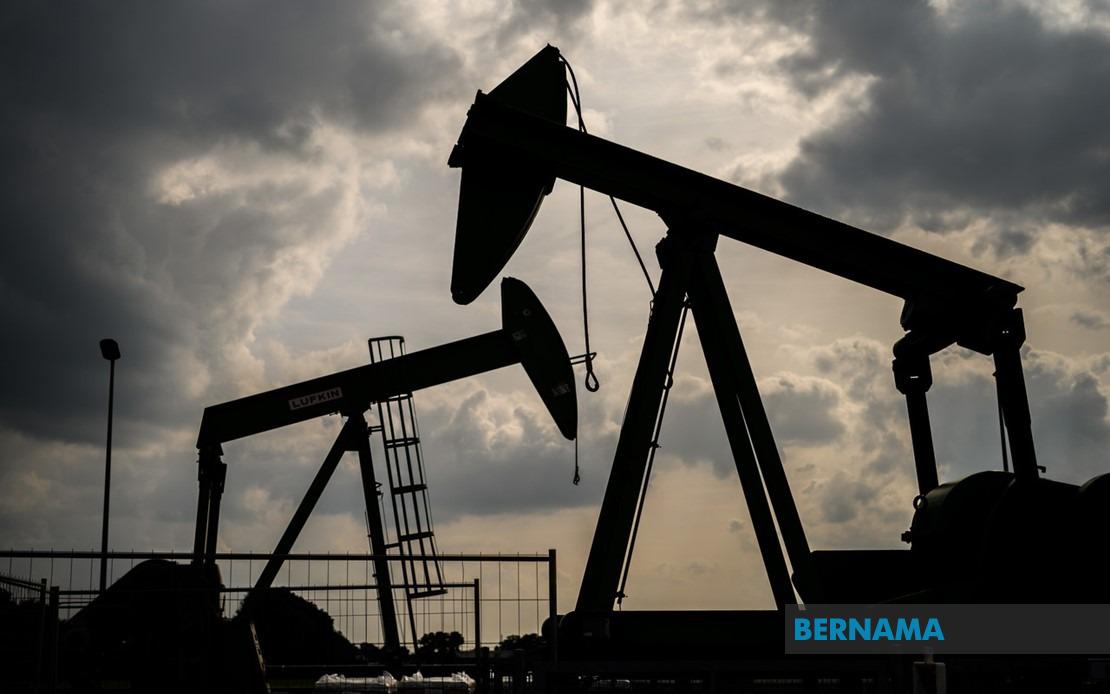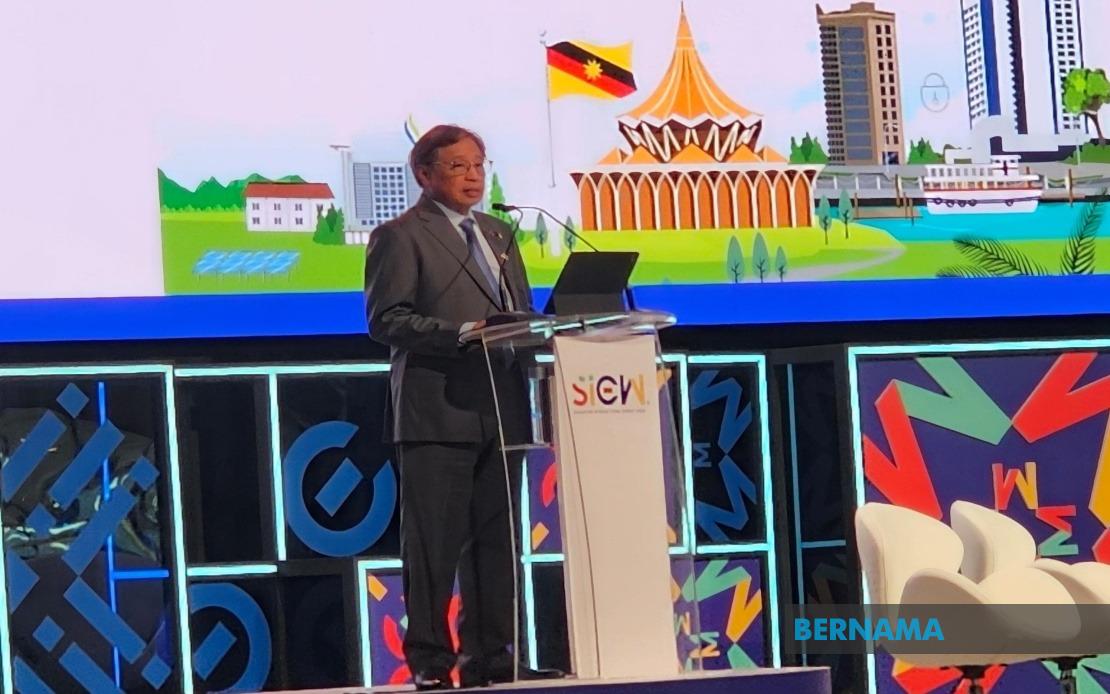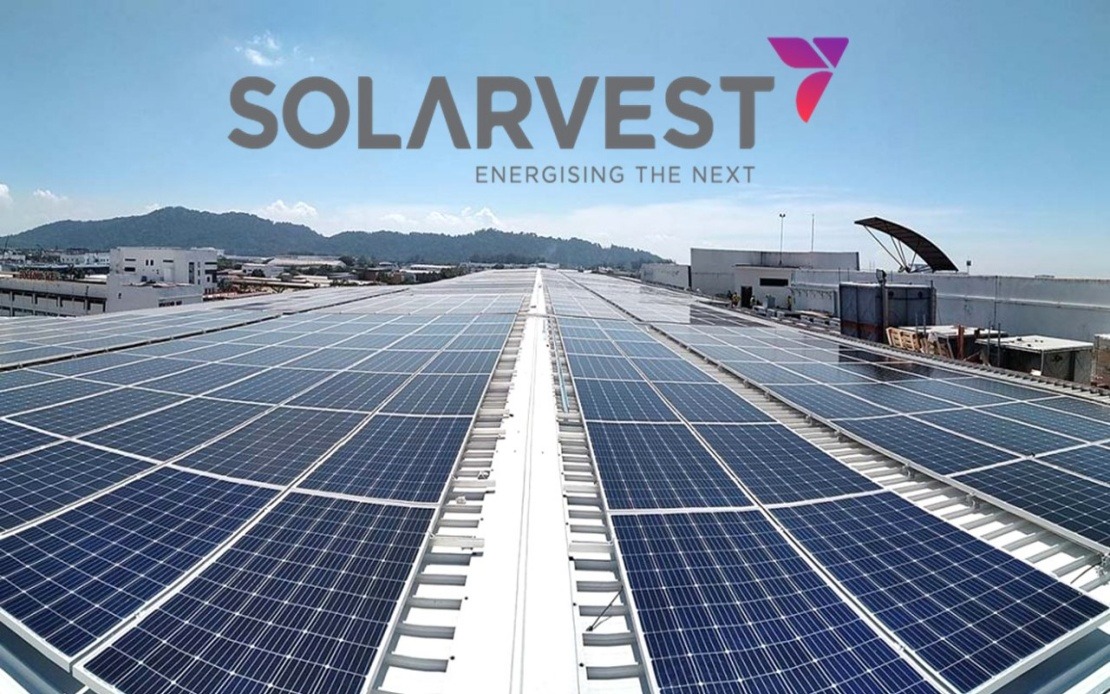News
Year of free fall and crash: O&G industry bleeds due to COVID-19

By Siti Radziah Hamzah
KUALA LUMPUR, Dec 7 -- This is the year when the pendulum in the oil and gas (O&G) industry swung too far towards fear and pushed prices into a precipitous free fall as traders were spooked by the worldwide oversupply and a dip in demand caused by the year-long health pandemic.
The abrupt plunge due to the high drama of the oil cartel price war and anxiety over the COVID-19 pandemic are rattling markets and economies around the world.
The crisis was readily apparent between mid-2014 and 2016 when prices had been on a declining trend, as a shift towards a stronger US dollar played a significant role in reducing commodity prices by 70 per cent.
The drop is considered the largest oil price decline in modern history and was one of the three biggest declines since World War II as well as the longest-lasting since the supply-driven collapse of 1986.
The spread of COVID-19 draggedd own prices further this year, resulting in extensive asset write-downs in O&G companies including Royal Dutch Shell RDSa.L, which has slashed its O&G assets value by up to US$22 billion.
The vast majority of players have also struggled to survive, while some have realised their numerous planned projects are no longer commercially viable.
IMPACT OF COVID-19
The COVID-19-led demand shock has seen oil prices collapse amid strict public health measures coinciding with curtailed travel and economic activity.
However, an easing of lockdown measures in the third quarter (Q3) helped global demand to improve but the Organisation of the Petroleum Exporting Countries (OPEC) now fears a surge in COVID-19 cases could derail the recovery.
Oil is essentially used for transportation -- that is 57 per cent of the overall demand -- and if people are working from home and not travelling for business or tourism, they are not consuming oil.
More likely, it will take two years for confidence in travelling to pick up again, with widespread vaccines and travel restrictions lifted.
Demand may then return to 100 million barrels per day (bpd) as at the beginning of the year, assistant professor of Business and Society at the Asia School of Business, Dr Renato Lima de Oliveira, told Bernama in August.
But, the “new normal” may see more work-from-home arrangements and more online meetings, with fewer business travels.
"So it is possible that what we're seeing today is a permanent shock to the oil industry, reducing its growth potential, traditionally closely linked to the growth of economic activity," he said.
Concurrently, renewables continue to be more competitive with cost reduction in generation and electric vehicles increasing their market share.
Together, these factors may result in a very competitive oil market, with lower margins of operation.
Industry players have diversified their portfolio with investments being made into the renewable energy (RE) space and are also aiming to become net-zero emitters of greenhouse gas by 2050.
Petroliam Nasional Bhd (Petronas) has said that it aims to become a net-zero emitter of greenhouse gases by 2050 and also plans to increase its investments in RE.
Petronas, the world's fourth-largest exporter of liquefied natural gas, will also intensify its efforts towards reducing the 'Scope 1' and 'Scope 2' greenhouse gas emissions, referring to direct emissions from operations and the electricity used by the company.
Axi chief global market strategist Stephen Innes realises that the biggest transformation will be a consumer shift to all things green, but in the meantime, the industry will be keenly focused on the vaccine.
"The global economy should be in a much better place in 2021. Still, the pandemic's resurgence will likely keep things choppy in the first quarter of 2021 before vaccine distributions brighten the outlook over the balance of the year," he told Bernama.
However, he said imbalances across sectors and countries will linger.
OIL PRICE VOLATILITY
Oil prices in the first half of 2020 were volatile, with Brent crude oil averaging at US$47.59 (US$1 = RM4.08) per barrel now, down from US$67.31 per barrel last year.
The price reached its highest level at US$71.75 in January but fell to US$15.98 a barrel in April, its lowest since June 1999.
West Texas Intermediate plummeted from more than US$61 per barrel in January to a historic low of US$37.6 per barrel in April before rising back up to US$40 in June.
The April price deterioration came on the heels of the OPEC deal collapse and a record drop in demand related to pandemic-induced lockdowns.
The result was a supply glut combined with limited storage capacity, temporarily making storage space more valuable than the oil itself.
In an effort to relieve storage pressure and balance the market, OPEC reached a deal to reduce crude oil production by 9.7 million barrels per day in May and June.
According to data from the US Energy Information Administration, the US producers have slowed drilling activity and curtailed production, resulting in the largest drop in crude oil production since 1980.
In May, prices soared nearly 90 per cent to US$35 per barrel -- a big jump, but still below break-even for most producers and not enough to bring production back online.
June and July prices held fairly steady around US$40 per barrel as OPEC agreed to extend production cuts through the end of July.
In August, production cuts began to taper but uncertainty around COVID-19-induced demand shocks continued, leaving the door open for the return of market instability.
Axi's Innes said as uncertainty receded on the US election outcome and (with) the promise of an effective COVID-19 vaccination programme in 2021, the outlook had become clearer.
He said most of next year should be characterised by above-trend global growth and ultra-loose monetary policy.
"I still think oil will struggle to return to pre-pandemic mode. While a successful vaccine roll-out will break the link between infection and mobility, even then, global oil demand will only reach its pre-pandemic run rate by mid-2022," he said.
OIL CARTEL'S INFLUENCE
Since 2017, OPEC together with 10 non-OPEC producing countries (OPEC ), the significant ones being Russia, Mexico, and Kazakhstan, have agreed on production cuts to reduce oil stocks to preserve the stability of the oil market.
In December 2019, participating producers decided to deepen the production cut by 500,000 barrels per day (bpd) to 1.7 million bpd effective January 2020, subject to the full conformity of participating members.
In November, OPEC reduced its global oil demand forecasts for the remainder of 2020 and 2021, citing a weaker-than-expected economic outlook and a surge in COVID-19 cases.
As of Dec 1, more than 63 million COVID-19 cases were reported globally, with 40.5 million recovery cases and 1.47 million deaths.
In a report which came ahead of the group’s Nov 30 and Dec 1 meeting with non-OPEC allies, OPEC said it expected world oil demand to contract by about 9.8 million bpd year-on-year (y-o-y) this year, reflecting a downward revision of 0.3 million barrels from October's assessment.
For 2021, the oil cartel estimated demand growth would rise by 6.2 million on an annual basis, representing a downward revision of another 0.3 million barrels from its October report.
The group has also steadily lowered its oil demand outlook for next year from an initial expectation of 7.0 million barrels in July.
The energy alliance had also agreed to a record supply cut of 9.7 million bpd beginning May 1, but subsequently scaled it back to 7.7 million bpd in August.
IN OUR OWN BACKYARD
According to reports, Petronas is not expected to cut the number of its workforce at present, despite lay-offs reported in the O&G industry globally amid weaker energy prices and demand.
Industry players, including major players such as Exxon Mobil Corp and Shell, have axed more than 400,000 O&G-related jobs globally year to date (YTD).
Petronas has recorded a lower net profit for the third consecutive quarter this year due to lower O&G prices because of the COVID-19 pandemic and expects the fourth quarter to remain challenging.
It posted a net loss of RM3.4 billion in Q3 ended Sept 30, 2020, compared to a net profit of RM7.4 billion in the same quarter last year, hammered by the prolonged low oil prices and weak demand.
Kenanga Investment Bank strongly believes that Petronas will be increasingly prudent in spending moving forward given the combination of its mildly deteriorating balance sheet, earnings and increased dividend commitment.
"Continued commitment of higher dividends could hamper recovery of the sector locally, especially at a time when other oil majors are cutting dividends globally," said the investment bank in a note.
Petronas will pay RM34 billion in dividends to the federal government this year.
The group's YTD capital expenditure (capex) spending stood at RM22.5 billion, declining by 22 per cent y-o-y, largely in line with the group’s earlier guidance of lower budgeted capex in the financial year ending Dec 31, 2020.
Most of the capex were incurred upstream and in local investments.
Also notably, gas and new energy is Petronas’ second-largest area of investment, taking up 22 per cent of the group’s capex, possibly signalling the group’s acknowledgement of the energy transition trend.
-- BERNAMA
Other News
Sarawak Lepasi Sasaran Kapasiti Gabungan Tenaga Boleh Baharu Tahun Ini - Abang Johari

Oleh Nur Ashikin Abdul Aziz
SINGAPURA, 21 Okt (Bernama) -- Sarawak mencapai 62 peratus sasaran campuran kapasiti tenaga boleh baharu (TBB) tahun ini, melepasi sasaran 60 peratus yang digariskan dalam Strategi Pembangunan Pasca COVID-19 (PCDS) 2030.
Sarawak Pacu Pertumbuhan Tenaga Boleh Diperbaharui Untuk Manfaat ASEAN - Premier

SINGAPURA, 21 Okt (Bernama) -- Sarawak komited menyokong peralihan tenaga boleh diperbaharui di Asia Tenggara dengan memanfaatkan potensinya sebagai "Bateri ASEAN," yang akan membekalkan tenaga bersih menerusi sambungan Grid Kuasa Borneo dan ASEAN.
Belanjawan 2025 Percepat Peralihan Kepada Tenaga Bersih - Solarvest

KUALA LUMPUR, 19 Okt (Bernama) -- Belanjawan 2025 merupakan satu langkah ke arah mempercepat peralihan kepada tenaga bersih di Malaysia, kata Solarvest Holdings Bhd.
© 2025 BERNAMA. All Rights Reserved.
Disclaimer | Privacy Policy | Security Policy This material may not be published, broadcast,
rewritten or redistributed in any form except with the prior written permission of BERNAMA.
Contact us :
General [ +603-2693 9933, helpdesk@bernama.com ]
Product/Service Enquiries [ +603-2050 4466, digitalsales@bernama.com ]